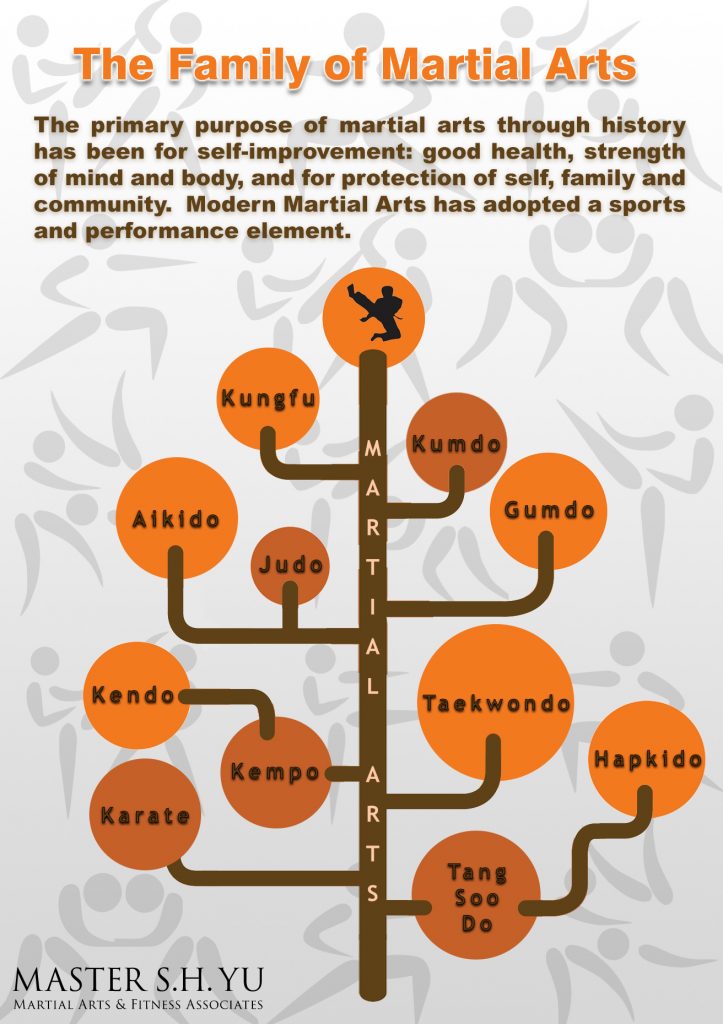Effective Fighting Style Methods For Protection
Effective Fighting Style Methods For Protection
Blog Article
Authored By-Sharma Riggs
Have you ever before found yourself in a circumstance where you felt intimidated and wanted you recognized how to defend yourself?
Visualize this: you're walking alone at night when instantly, a complete stranger approaches you with hostile intent. In such moments, having a solid understanding of efficient fighting styles techniques for protection can make all the difference.
However what are these methods? Which ones should you discover to ensure your safety? In visit the up coming post , we will explore a variety of techniques, from strikes and kicks to joint locks and tosses, along with defensive maneuvers and runs away.
By the end, you'll have a more clear understanding of the skills that can equip you to secure on your own in potentially hazardous situations.
So, allow's dive in and uncover the globe of reliable martial arts strategies for self-defense.
Strikes and Kicks
When it concerns protection, strikes and kicks are vital techniques that can successfully disarm an enemy.
In a dangerous circumstance, your capability to strike with precision and power can be the distinction between escaping unharmed and coming to be a victim.
Strikes include utilizing your hands, elbow joints, knees, or perhaps your head to supply powerful blows to prone locations of the body, such as the nose, throat, or groin.
Kicks, on the other hand, make use of the strength of your legs to supply strong strikes to an opponent's legs, upper body, or head.
By combining proper strategy with speed and precision, you can swiftly disable an aggressor and create an opportunity to get away.
Bear in mind to aim for at risk areas and use your body's all-natural tools to your advantage.
Joint Locks and Throws
After mastering strikes and kicks, you can further boost your protection abilities by finding out joint locks and tosses. Joint locks are techniques that entail manipulating your challenger's joints, triggering pain or immobilization.
Tosses, on the other hand, involve using your challenger's momentum against them to take them down to the ground.
These methods not just offer you with effective methods to regulate and reduce the effects of an enemy, yet they also impart a feeling of confidence and empowerment.
By understanding joint locks and tosses, you'll have the ability to swiftly and efficiently disable a challenger, giving you the upper hand in any type of protection circumstance.
Remember, self-defense has to do with protecting yourself and others, and these techniques can help you do just that. So, why wait?
Start learning joint locks and throws today and be gotten ready for any circumstance that comes your method.
Defensive Maneuvers and Escapes
To successfully protect yourself in a dangerous circumstance, it's important to understand protective maneuvers and gets away. These techniques are made to aid you avert and get rid of an aggressor swiftly and effectively.
One reliable defensive maneuver is the avoid. By stepping to the side, you can stay clear of an approaching strike and produce a chance to counterattack.
An additional valuable strategy is the duck and cover. just click the next webpage involves bending down and covering your head and important areas with your arms. It can safeguard you from strikes and enable you to analyze the circumstance and strategy your following step.
Furthermore, finding out leaves such as wrist grabs, bear hugs, and chokeholds can help you damage without an attacker's grasp and create distance.
Conclusion
In the world of protection, grasping efficient martial arts strategies is important. Whether it's the speedy strikes and powerful kicks that leave your opponent stunned, the experienced execution of joint locks and throws that incapacitate them, or the protective maneuvers and leaves that grant you flexibility, these techniques resemble a vivid tapestry of protection.
Like a skilled artist with a brush, you can suggest of safety and self-confidence with every step you make.
